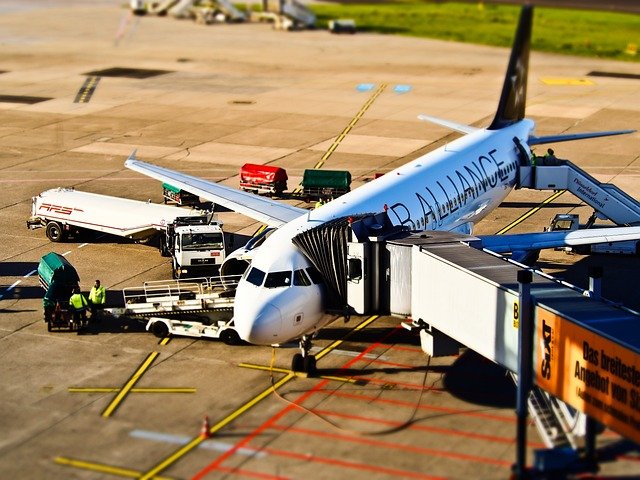Portable Oxygen Machines: A Guide for Air Travel with Medical Devices
Traveling with a medical condition can be challenging, especially when it involves carrying essential medical equipment. For those who require supplemental oxygen, portable oxygen machines, also known as oxygen concentrators, have revolutionized the way they can travel. This article will explore the use of portable oxygen machines for air travel, providing valuable information for patients and caregivers alike.

Can you bring a portable oxygen machine on an airplane?
Yes, you can bring a portable oxygen machine on an airplane. The Federal Aviation Administration (FAA) allows passengers to use FAA-approved portable oxygen concentrators during all phases of air travel, including takeoff and landing. However, it’s crucial to note that not all portable oxygen concentrators are FAA-approved, so it’s essential to check if your specific model is allowed before traveling.
What are the airline requirements for traveling with an oxygen concentrator?
When traveling with a portable oxygen concentrator, airlines have specific requirements that passengers must follow:
-
Advance notification: Most airlines require passengers to notify them at least 48 hours before the flight if they plan to use a portable oxygen concentrator.
-
FAA approval: The device must be FAA-approved and labeled accordingly.
-
Battery life: Passengers must carry enough batteries to power the device for 150% of the expected maximum flight duration.
-
Medical certificate: Some airlines may require a medical certificate stating the passenger’s ability to travel with the device.
-
Device size: The oxygen concentrator must fit under the seat or in the overhead bin and not block aisles or emergency exits.
How do you prepare for air travel with a portable oxygen machine?
Preparing for air travel with a portable oxygen machine requires careful planning:
-
Contact the airline: Inform the airline about your need to use a portable oxygen concentrator and confirm their specific requirements.
-
Check battery life: Ensure you have enough batteries to last for the entire journey, including potential delays.
-
Bring necessary documentation: Carry your medical certificate and any required airline forms.
-
Pack accessories: Don’t forget to bring essential accessories like extra nasal cannulas, power adapters, and cleaning supplies.
-
Arrive early: Allow extra time at the airport for security screening and to address any potential issues with your device.
What are the benefits of using a portable oxygen machine for travel?
Portable oxygen machines offer several advantages for travelers:
-
Independence: Users can move freely without being tethered to bulky oxygen tanks.
-
Extended travel time: The ability to plug into power sources or use rechargeable batteries allows for longer trips.
-
Compliance with air travel regulations: FAA-approved devices are permitted on flights, opening up air travel possibilities.
-
Improved quality of life: Travelers can maintain their oxygen therapy while enjoying new experiences and destinations.
-
Cost-effective: In the long run, portable oxygen concentrators can be more economical than repeatedly renting or refilling oxygen tanks.
| Portable Oxygen Concentrator | Weight (lbs) | Battery Life (hours) | FAA Approved |
|---|---|---|---|
| Inogen One G5 | 4.7 | Up to 6.5 | Yes |
| Philips SimplyGo Mini | 5.0 | Up to 4.5 | Yes |
| ResMed Mobi | 5.5 | Up to 8 | Yes |
| Invacare Platinum Mobile | 5.0 | Up to 5 | Yes |
| SeQual eQuinox | 14.0 | Up to 5.9 | Yes |
Prices, rates, or cost estimates mentioned in this article are based on the latest available information but may change over time. Independent research is advised before making financial decisions.
When considering air travel with a portable oxygen machine, it’s essential to understand the device’s capabilities, airline regulations, and your personal medical needs. By planning ahead and following the guidelines set by airlines and the FAA, individuals requiring supplemental oxygen can enjoy the freedom of air travel with greater ease and comfort. Always consult with your healthcare provider before traveling to ensure that your portable oxygen concentrator meets your specific medical requirements and that you’re fit for air travel.
This article is for informational purposes only and should not be considered medical advice. Please consult a qualified healthcare professional for personalized guidance and treatment.






